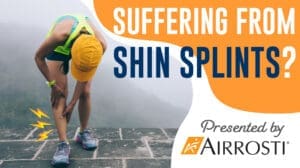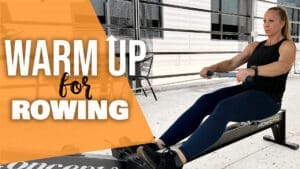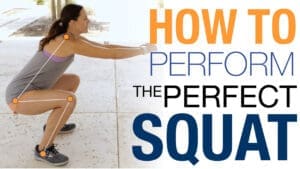As children enter middle and high-school ages, they typically experience “growth spurts” followed by soreness and pain as their bodies adjust to the changes. Usually, these growing pains don’t impact their daily activities, but in the case of Osgood-Schlatter Disease, it can become extremely painful and difficult to stay active, especially for teenage athletes. Keep reading to learn how Osgood-Schlatter Disease develops in young athletes and teens, as well as tips and exercises that can help!
What Causes Osgood-Schlatter Disease?
Osgood-Schlatter Disease occurs when the patellar tendon, located at the bottom of the knee, is repetitively overused or stressed. This tendon is attached to the tibial tuberosity, a bony structure covering the knee’s growth plates. When the tendon pulls on this area, it can cause pain, inflammation, and a noticeable bump at the bottom of the knee. Common in adolescents and teenagers, Osgood-Schlatter Disease is often associated with “growing pains.”
Several factors can contribute to developing Osgood-Schlatter Disease, such as:
- Growth Spurts: Rapid growth during puberty can increase the tension on the patellar tendon, leading to inflammation and pain.
- Repetitive Stress from Physical Activity: Sports involving repetitive running, jumping, and quick directional changes place repetitive stress on the knee. High-impact sports like basketball, soccer, and gymnastics can significantly elevate the risk.
- Muscle Imbalance: Strength and flexibility imbalances between the quadriceps and hamstrings can contribute to increased strain on the patellar tendon.
Tips To Prevent Osgood-Schlatter Disease
For most people, Osgood-Schlatter Disease is a mild condition that goes away on its own with time and rest. Even so, this condition can still interfere with daily activities and reduce quality of life. However, with several adjustments and lifestyle changes, Osgood-Schlatter Disease can be managed or even prevented.
- Wear Properly Fitted Shoes: Ensure that footwear fits well and provide adequate support for their specific sport. Proper footwear can help distribute stress more evenly across the knee and reduce the risk of injury.
- Perform Warm-Up Exercises: Prior to engaging in any physical activity, it’s crucial to complete a series of warm-up exercises. These activities increase blood flow to the muscles, can improve flexibility, and help prepare the body for the demands of the sport, reducing the chances of knee strain.
- Incorporate Stretching and Cool-Down Routines: After sports activities, take time to stretch and cool down. Stretching helps maintain flexibility and alleviate muscle tension, while cooling down gradually lowers heart rate and prevents stiffness. This practice can aid in recovery and help reduce the risk of injury.
Incorporating both stretches and exercises can help reduce tension in the muscles that pull and strain the patellar tendon, as well as strengthen the muscles that help support the knees!
*Disclaimer: Always consult with your doctor before starting any exercise program. If you experience any numbness, tingling, or reproduction of your symptoms, please contact your doctor.
Standing Quad Stretch
- Stand in front of a chair and hold on to it with one hand for extra stability.
- Grab the top of the ankle with the hand on the same side of the leg being stretched.
- Pull your foot towards your buttock until you feel a gentle stretch in the front of the thigh.
- Hold the stretch, keeping your lower back neutral.
- Repeat the stretch on the opposite leg.
- Complete 2 sets of no more than 60-second holds twice per day.
Banded Clams
- Wrap an elastic band around your legs, just above the knees.
- Lie on your side with your legs bent at 90 degrees and knees stacked on top of each other.
- Your thighs should be about 45 degrees away from your body.
- Open your legs slowly, like a clam shell, while keeping your hips stable.
Airrosti Can Help With Osgood-Schlatter Disease Treatment
If you or any active teens you know are struggling with knee pain from Osgood-Schlatter Disease, or any other musculoskeletal injury, Airrosti can help. Airrosti Providers work to diagnose the cause of your pain and treat it at the source quickly and effectively for long-term results. Schedule an appointment with an Airrosti Provider, either in-clinic or virtually!
For more information, call us at (800) 404-6050.
Read our Medical Disclaimer here.










